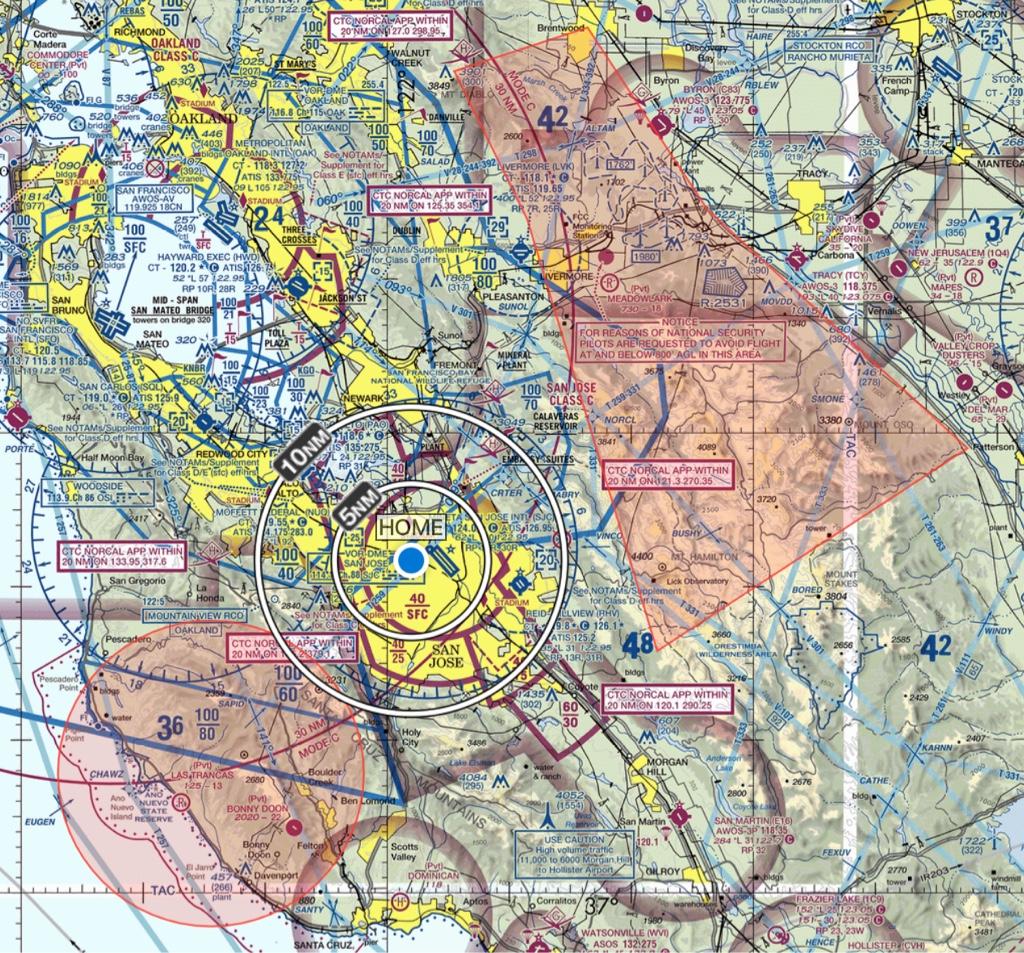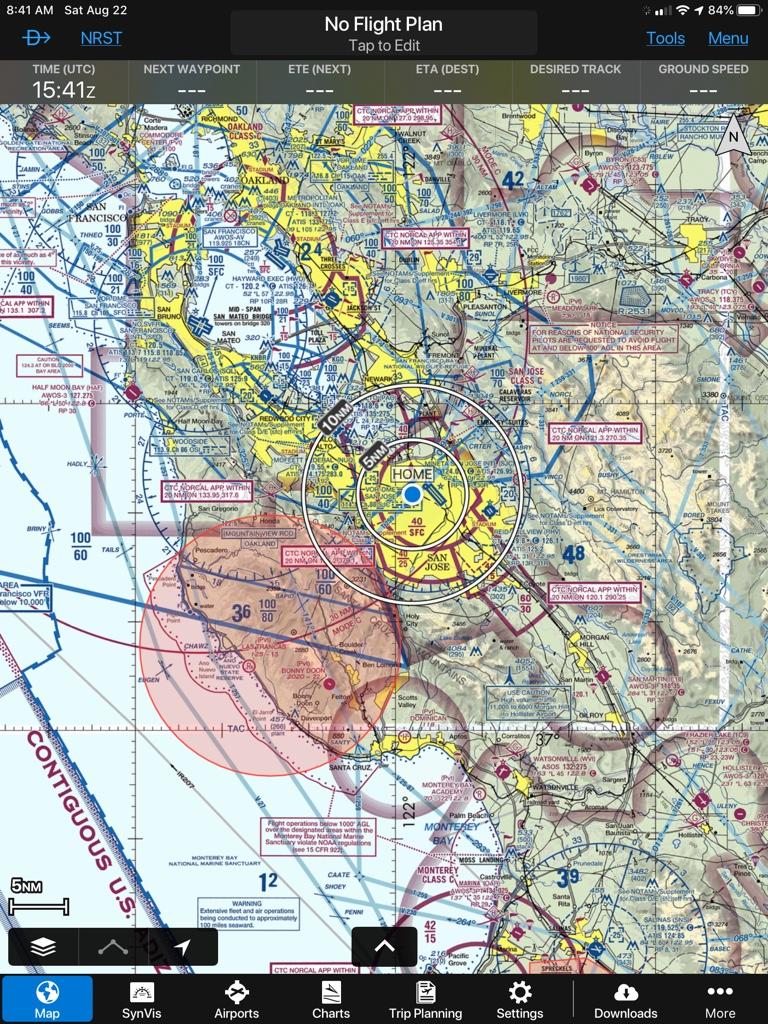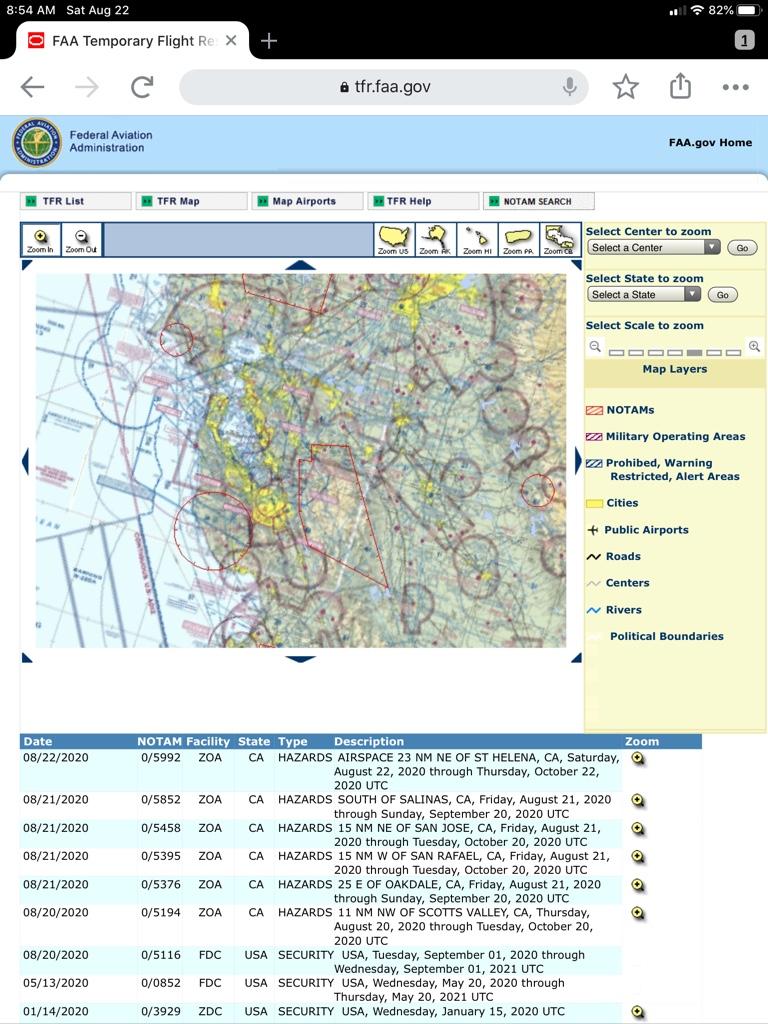WannFly
Final Approach
Go ahead and chastise me, I already know I did something incredibly dumb.
I was planning my decent today AM to a podunk airport to meet someone (another pilot) and MSP center read out a NOTAM for me that said the airport is closed till tomorrow. I diverted. No harm, no foul, but this is how this unfolded.
Been keeping a tab on this trip for a while now, early morning is always LIFR over there due to advection fog. Checked NOTAM yesterday morning and it said the airport is closed till today AM. What I missed today AM before lift off was they extended it to another day, OR I read the date wrong OR I thought today was 17th. Whatever the reason is, MSP center saved my bacon, another reason to get FF.
If they didn’t tell me or if I wasn’t with them, there wasn’t a way to tell that the airport was closed from the air. The pilot at the destination airport was there and told me there was no obstruction on the way, no X marks, a couple of equipments sitting on the ramp, but that was it. So I would have landed and make even more buds mistake.
Anyway, check those NOTAMS and get FF and don’t be a dumb like me.
I was planning my decent today AM to a podunk airport to meet someone (another pilot) and MSP center read out a NOTAM for me that said the airport is closed till tomorrow. I diverted. No harm, no foul, but this is how this unfolded.
Been keeping a tab on this trip for a while now, early morning is always LIFR over there due to advection fog. Checked NOTAM yesterday morning and it said the airport is closed till today AM. What I missed today AM before lift off was they extended it to another day, OR I read the date wrong OR I thought today was 17th. Whatever the reason is, MSP center saved my bacon, another reason to get FF.
If they didn’t tell me or if I wasn’t with them, there wasn’t a way to tell that the airport was closed from the air. The pilot at the destination airport was there and told me there was no obstruction on the way, no X marks, a couple of equipments sitting on the ramp, but that was it. So I would have landed and make even more buds mistake.
Anyway, check those NOTAMS and get FF and don’t be a dumb like me.




